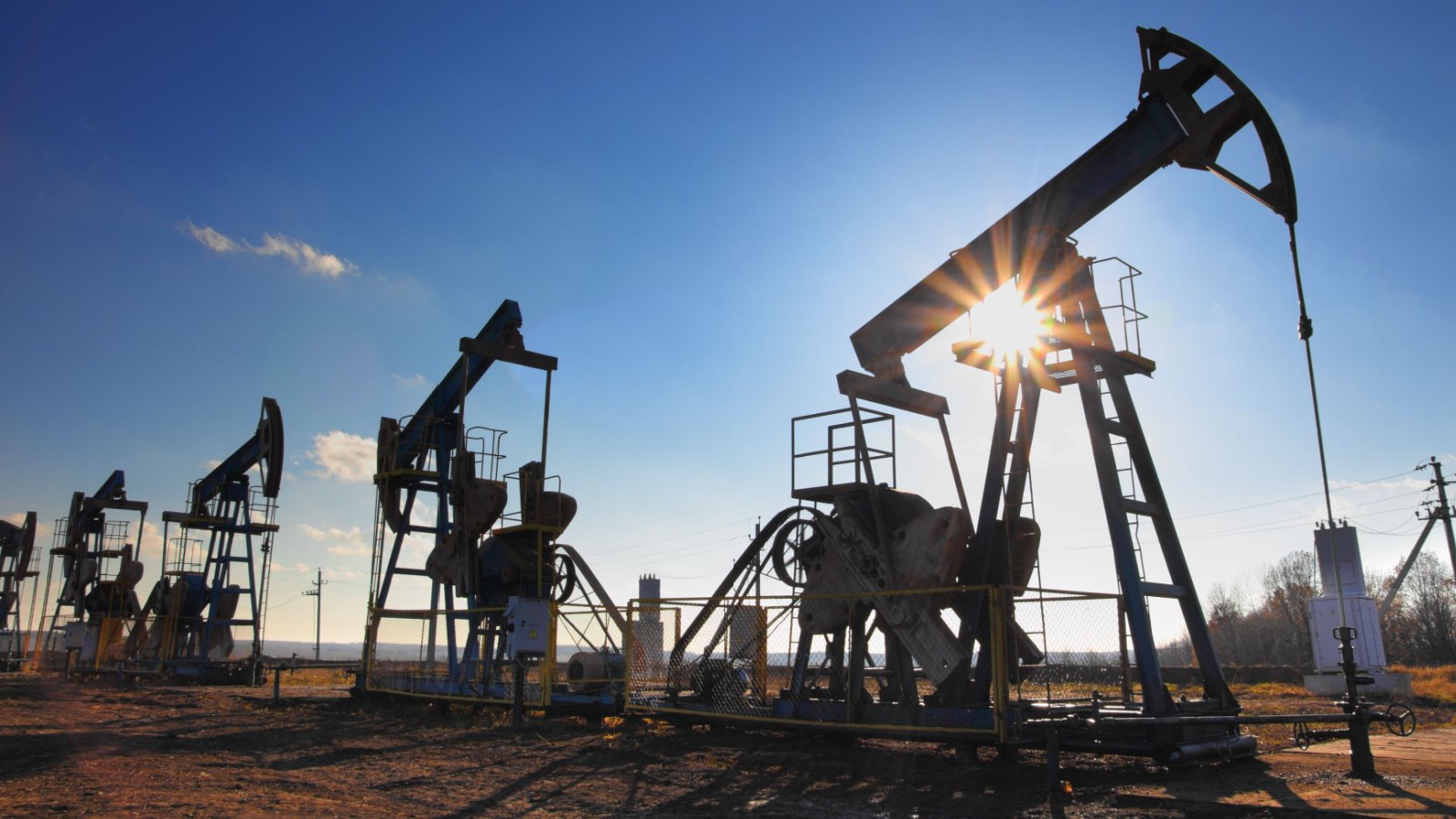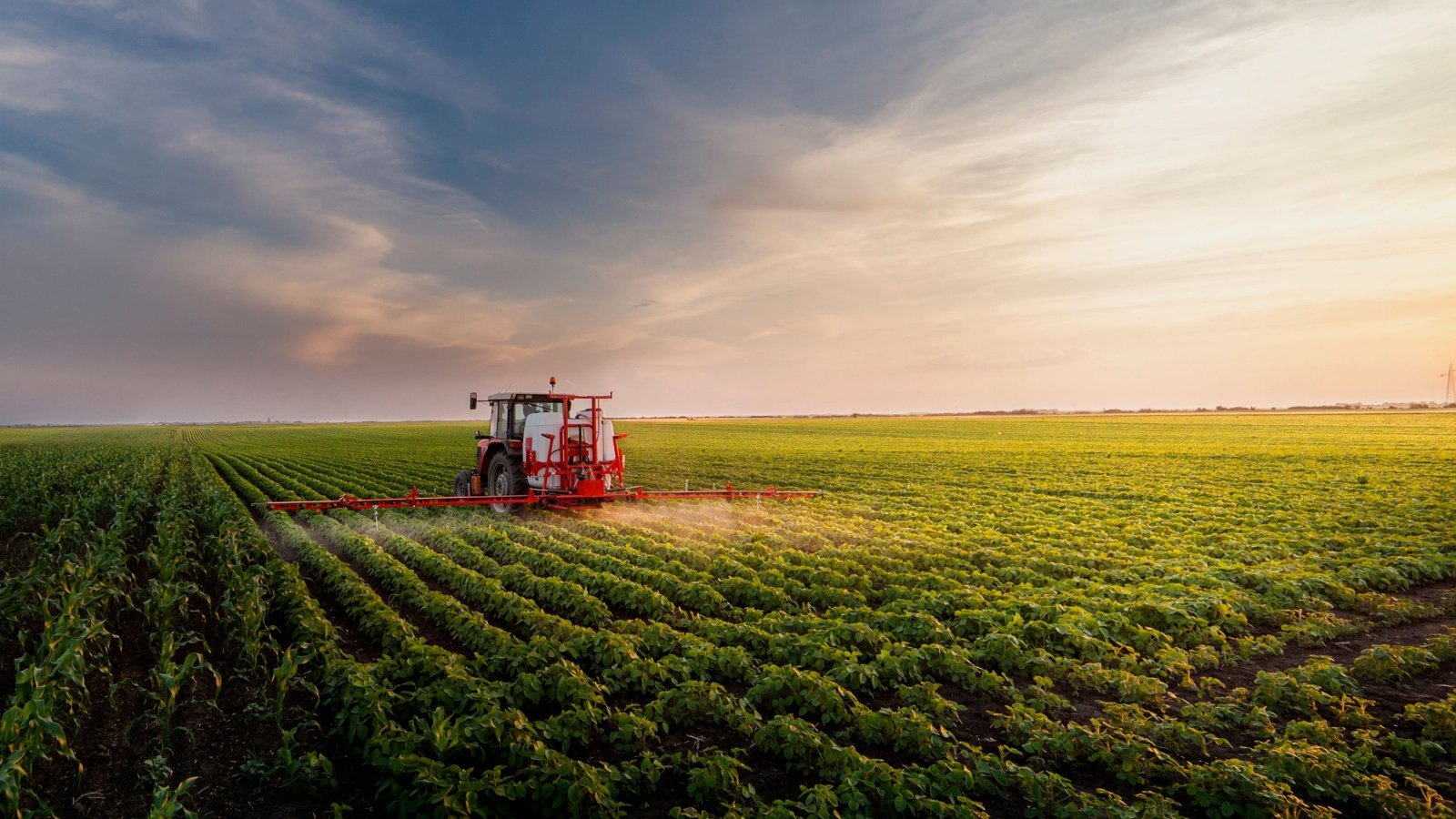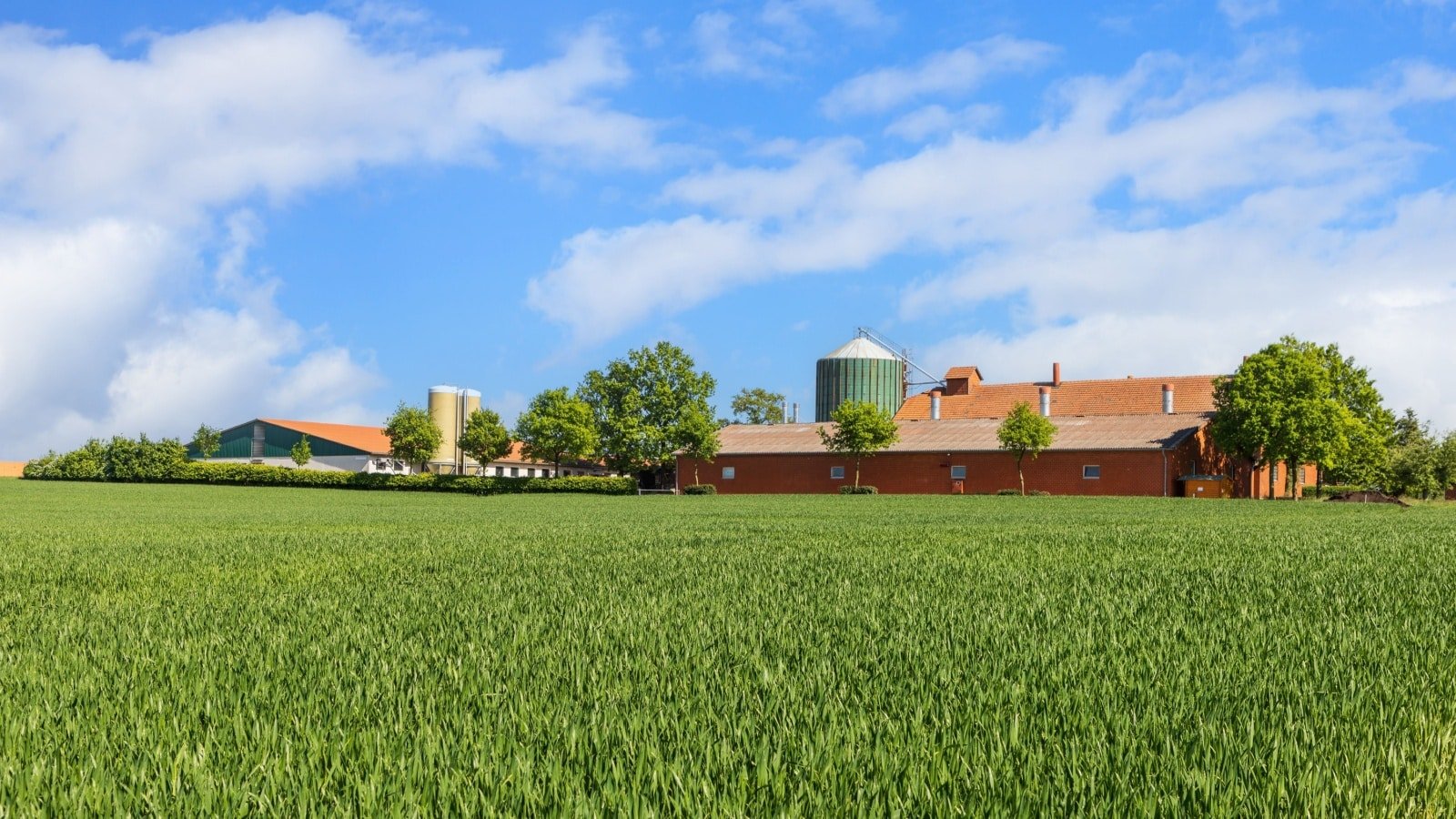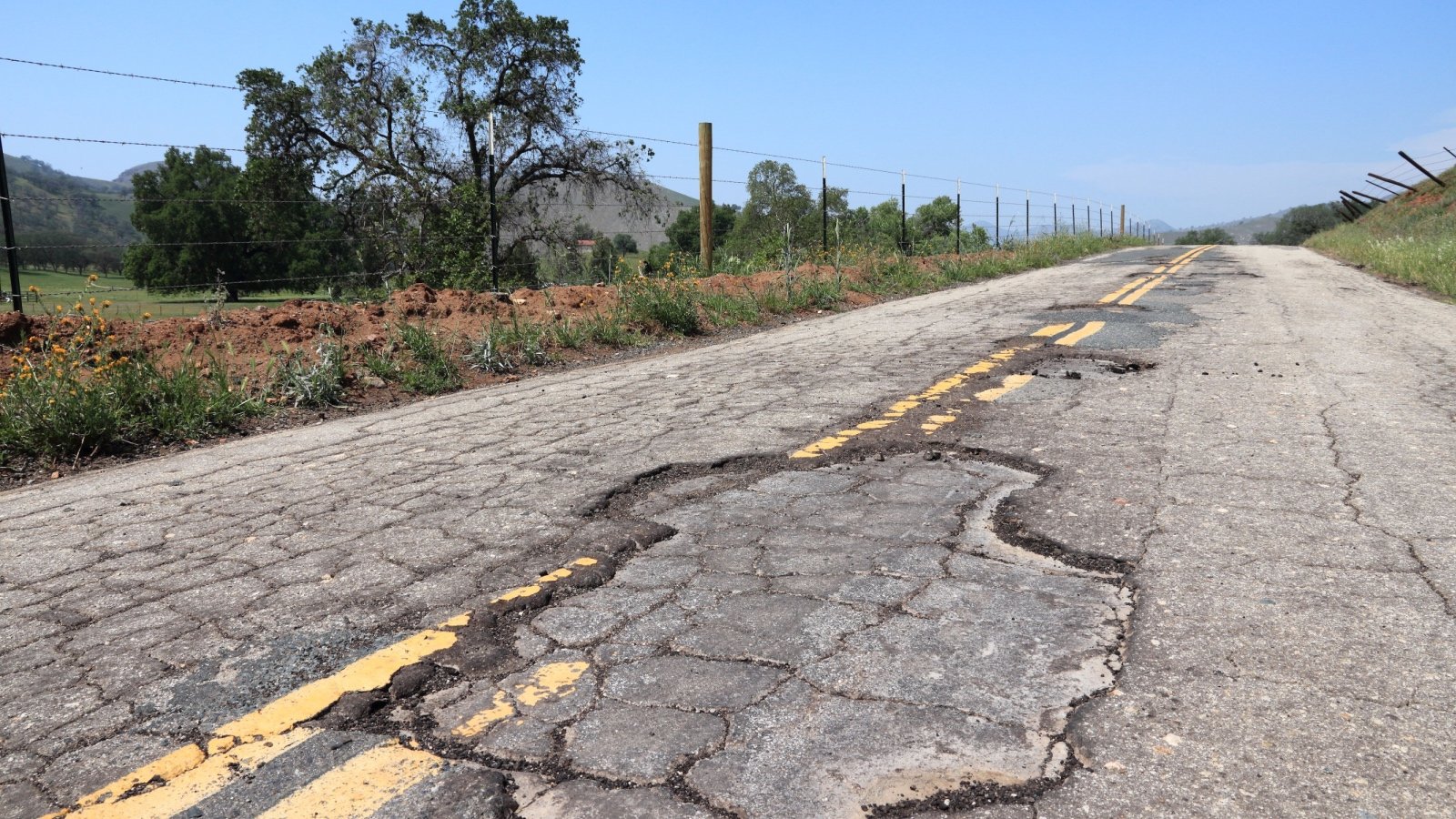As the world pivots towards sustainability, certain industries find themselves challenged by green initiatives that prioritize environmental health.
The coal and oil sectors, once giants of the industrial age, are witnessing a decline as renewable energy takes precedence. This shift highlights the economic vulnerability of industries that are slow to adapt.
Let’s walk you through how specific sectors are struggling with these transformative pressures, and examine the profound impact of environmental advocacy on traditional business models.
Coal Mining

Coal mining has seen a significant decline as green initiatives promote cleaner energy sources like wind and solar. Governments worldwide are imposing stringent regulations on emissions, discouraging coal use. This industry, once a backbone of energy production, now grapples with job losses and mine closures.
Oil Exploration

The push for renewable energy has drastically impacted the oil exploration sector. As electric vehicles and alternative energies gain market share, the demand for oil diminishes. This shift is forcing major oil companies to invest in green technologies or face financial decline.
Traditional Automobile Manufacturing

Manufacturers focused on gasoline and diesel vehicles have faced challenges adapting to the surge in demand for electric vehicles. Regulatory pressures to reduce carbon footprints mean these traditional methods are becoming less viable. Automakers are now pivoting to electric models, but not without financial strain from the initial transition.
Chemical Manufacturing

The chemical industry, particularly manufacturers of pesticides and herbicides, has been affected by the rise of organic farming and non-toxic products. New regulations and a shift in consumer preferences towards sustainable and environmentally friendly products are reshaping the market. Companies slow to adapt are experiencing significant revenue losses.
Logging

Green initiatives aimed at preserving forests and promoting sustainable timber use have severely impacted the logging industry. Protected areas and eco-certifications limit how much and where wood can be harvested. As a result, many logging companies have had to reduce operations or transition to eco-friendly practices.
Plastic Production

The anti-plastic movement, part of broader environmental initiatives, has led to a decline in the demand for single-use plastics. Bans on items like plastic bags and straws force producers to seek alternatives or innovate with biodegradable materials. This industry faces a crucial pivot point as public sentiment shifts towards sustainability.
Fast Fashion

The fast fashion industry is under increasing scrutiny for its environmental impact, including high water usage and textile waste. Consumer advocacy for sustainable apparel is growing, pressuring retailers to change their production practices. This shift towards sustainability is causing economic strain on manufacturers entrenched in traditional practices.
Fossil Fuel Power Plants

As subsidies and investments flow toward renewable energy, coal and natural gas power plants are seeing a downturn. These facilities, once considered indispensable for energy security, are now targets for reduction under global climate agreements. Many are being phased out or converted to support greener energy sources.
Tobacco Farming

Tobacco farming is impacted not only by health policies but also by green initiatives that discourage the cultivation of non-sustainable crops. The land used for tobacco could potentially be repurposed for biofuel production or reforestation projects. This industry faces challenges from both decreasing demand for cigarettes and increased environmental legislation.
Paper Mills

Paper mills, particularly those not practicing sustainable forestry, have been hit hard by digitalization and environmental campaigns promoting paperless solutions. The reduction in demand for paper products, coupled with rising costs for sustainable practices, is challenging the industry’s profitability. These mills are compelled to innovate or continue losing market share to digital alternatives.
Construction

Traditional construction techniques are being overshadowed by green building practices like the use of sustainable materials and energy-efficient designs. These changes come with increased costs and regulatory hurdles, particularly for small firms. The industry must adapt to these new norms or risk losing relevance.
Pesticide Production

The pesticide production industry is under fire as more farmers turn to organic and natural alternatives to protect crops. Bans and restrictions on certain chemicals further complicate production and profitability. Companies are being forced to research and develop less harmful products to stay competitive.
Non-Renewable Energy Infrastructure

Infrastructure built around non-renewable energy sources faces obsolescence as the global community moves towards renewable energy. This includes everything from oil pipelines to natural gas terminals. Investments in these areas are riskier and subject to increasing regulatory and market pressures.
Meat Processing

The meat processing industry is encountering significant challenges from the rise of plant-based diets and synthetic meat alternatives. Health and environmental concerns drive this shift, affecting everything from feedlot operations to traditional butcheries. To remain viable, these industries must diversify their offerings or improve sustainability.
Aviation

The aviation industry is under pressure to reduce its carbon footprint, leading to increased costs for fuel and innovations aimed at reducing emissions. International travel restrictions related to environmental policies could further impact this sector. Airlines are investing in more fuel-efficient aircraft and exploring biofuels to mitigate these effects.
Maritime Shipping

Maritime shipping, a significant contributor to global emissions, faces regulatory changes requiring cleaner fuel and more efficient route management. These regulations increase operational costs and necessitate significant capital investments in new technology. The industry is exploring green alternatives, but the transition is costly and complex.
Textile Dyeing

Textile dyeing, known for its heavy water usage and pollution, is undergoing scrutiny to adopt cleaner and more sustainable processes. The cost of implementing these eco-friendly practices can be prohibitive for smaller operations. The industry’s future depends on its ability to align with environmental standards.
Non-biodegradable Packaging

Companies producing non-biodegradable packaging materials are losing market share to sustainable alternatives like compostable or reusable packaging. This shift is driven by consumer demand and stringent regulations against plastic waste. The industry must innovate or face a continuing decline.
Agrochemicals

The agrochemical industry, essential for high-yield crops, is being challenged by the organic agriculture movement and the push for reduced chemical usage in farming. Research and development into environmentally friendly pesticides and fertilizers are increasing, driven by market demand and regulatory pressures. Companies must pivot to these new products to maintain their market position.
Asphalt Manufacturing

Used primarily for road construction, asphalt manufacturing is criticized for its environmental impact, including heavy CO2 emissions. Green initiatives promote the use of recycled materials and alternative methods like permeable pavement. The industry is adapting, but the transition involves significant changes in materials and methods.
Traditional Retail

Traditional brick-and-mortar retail stores have suffered as consumer preferences shift towards online shopping, which promises lower environmental impacts due to optimized logistics. The physical retail space is being compelled to reimagine its role and footprint in a more digital and environmentally conscious market. This sector must innovate in terms of sustainability and customer experience to remain competitive.
Mining for Rare Earth Elements

Mining for rare earth elements, crucial for technology and renewable energy systems, faces criticism for environmental degradation. As demand for these materials increases, the industry is pressured to find more sustainable extraction methods. This sector’s survival hinges on balancing demand with responsible environmental practices.
Incandescent Lamp Manufacturing

As LED and other energy-efficient lighting options dominate the market, the traditional incandescent lamp manufacturing industry dwindles. These older technologies are not only less energy-efficient but also less cost-effective over time. Manufacturers are either updating their product lines to newer technologies or slowly fading from the market.







